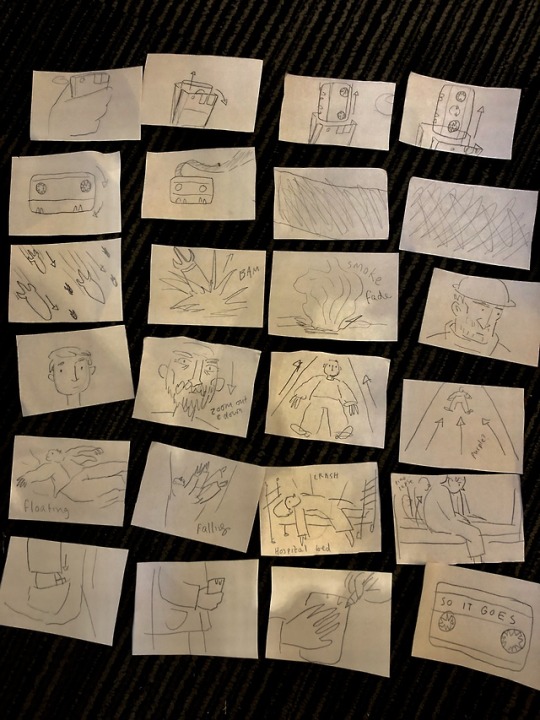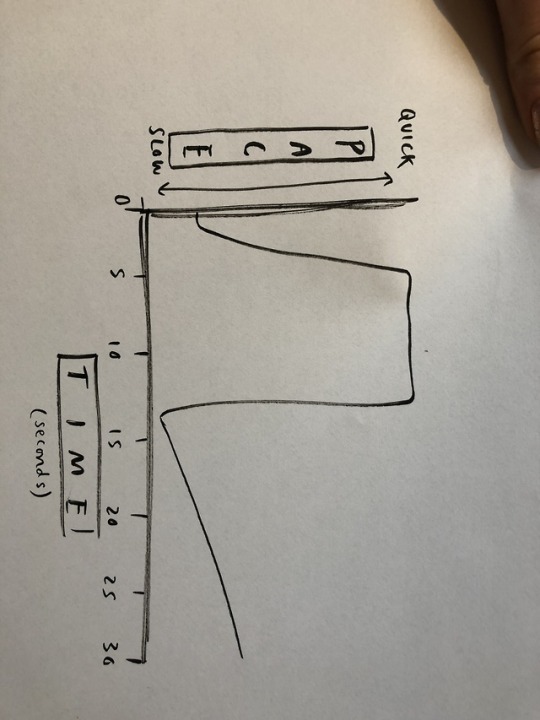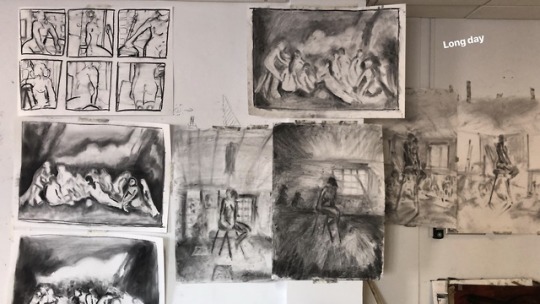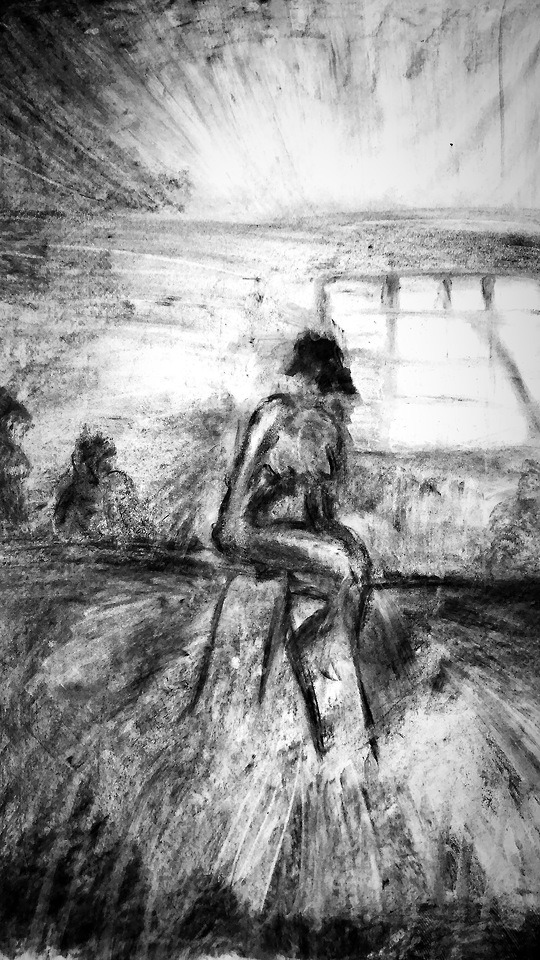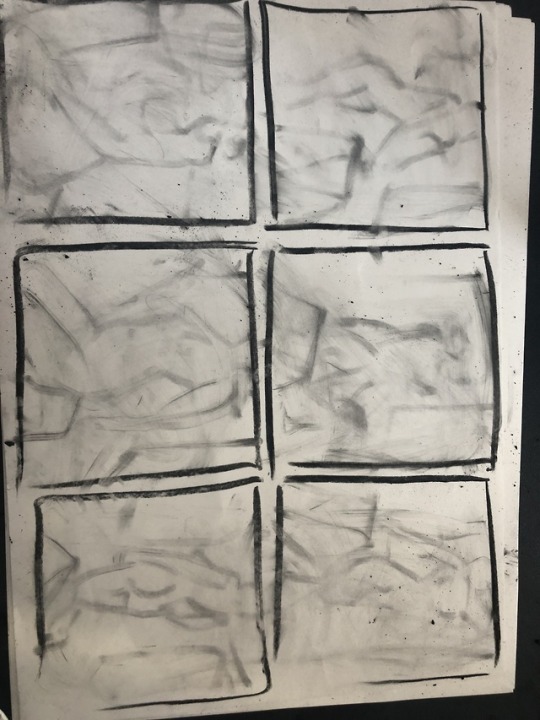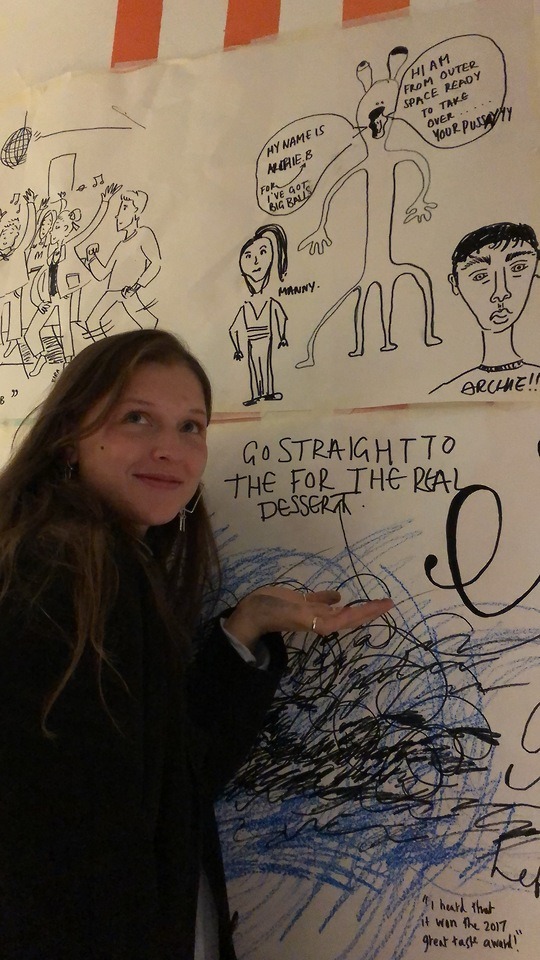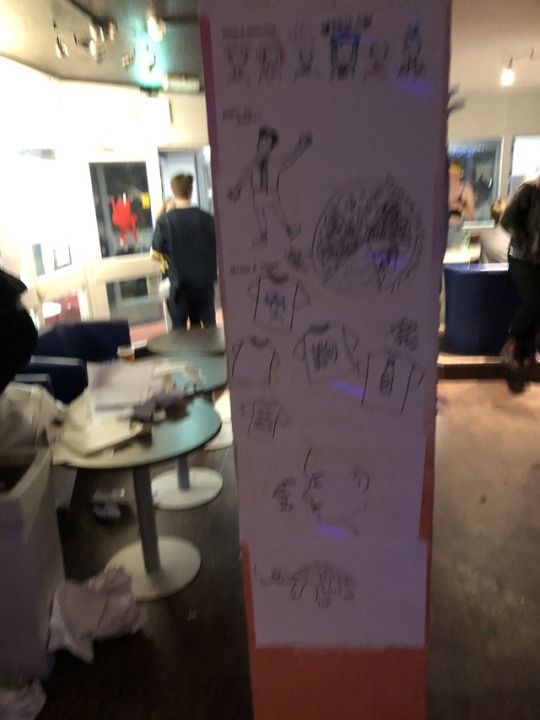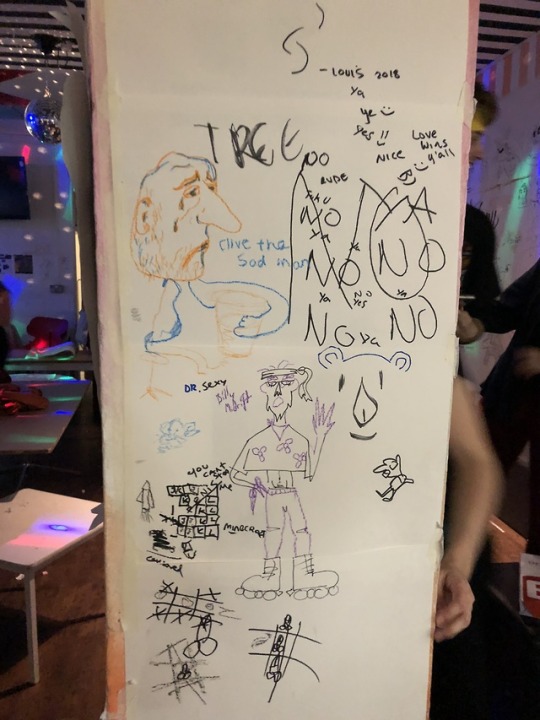Photo
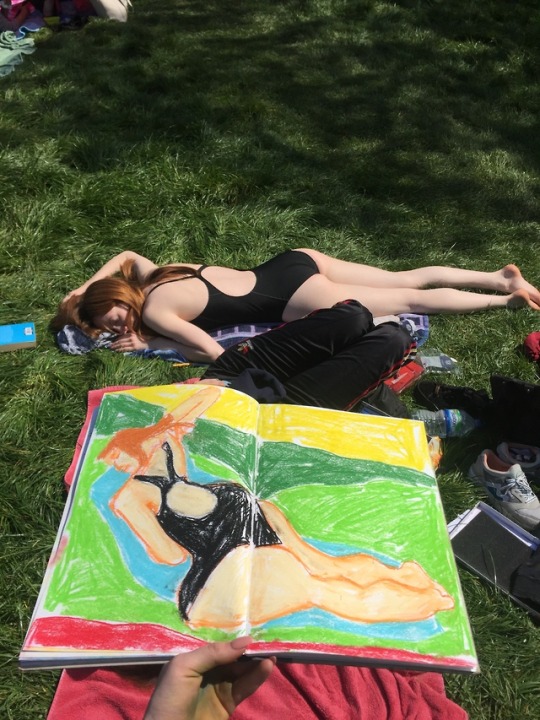
A little collab with my little sis drawing a pic of my big sis
cute
0 notes
Photo

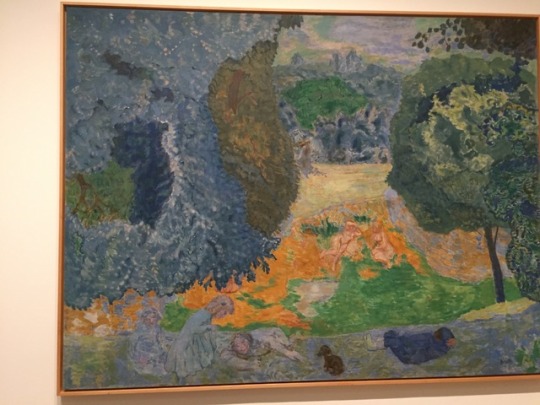


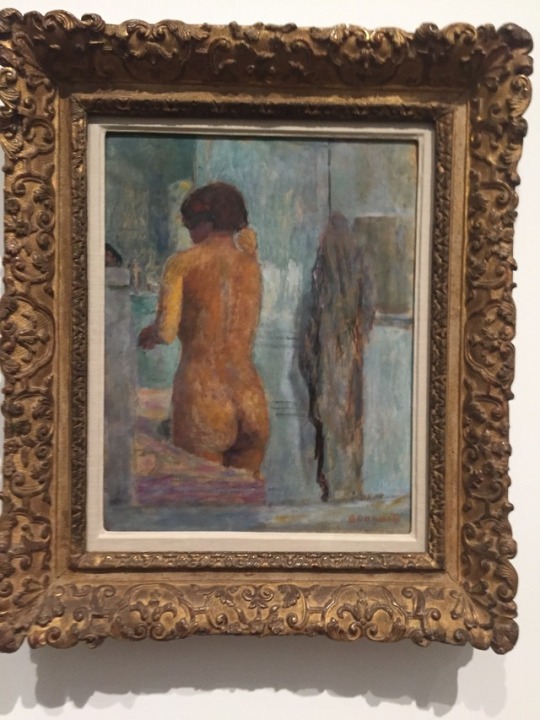
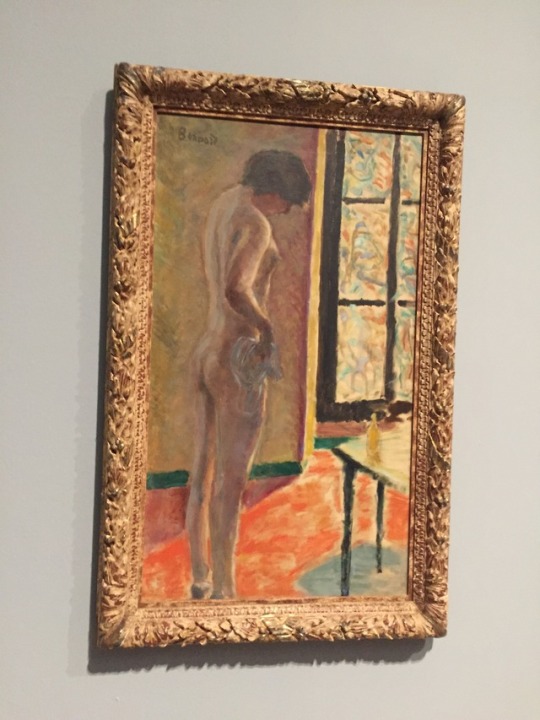
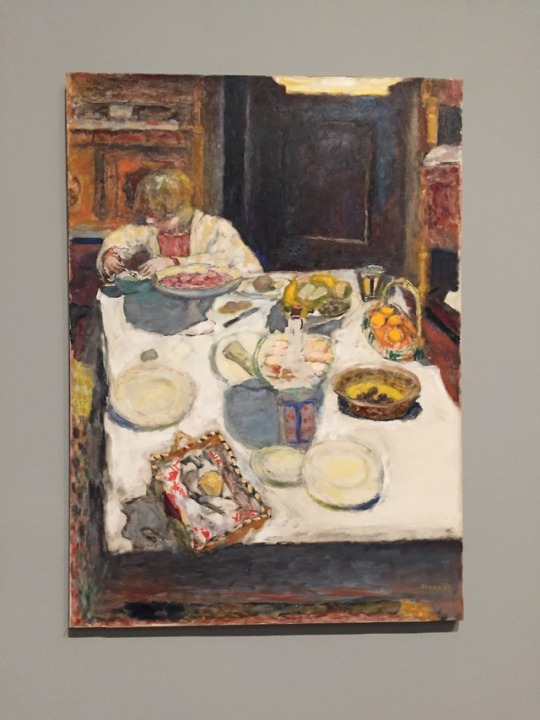

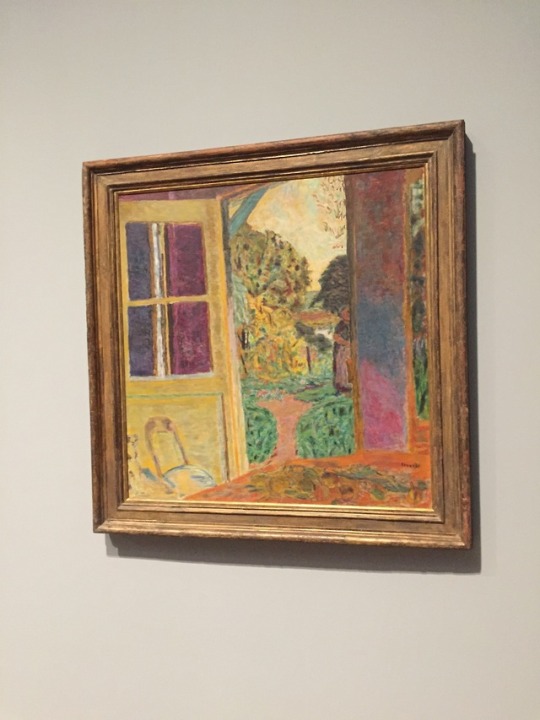
BONNARD EXHIBITION REVEIW
This exhibition brings together a grand total of 100 carefully selected paintings, photos, sketches, and rare filmed footage of Bonnard himself. With it being the first major exhibition for twenty years of Bonnard’s work in the UK, some are calling it a ‘once-in-a-generation opportunity’. Gale says that at in this collection of works shown at Tate Modern, “we’re trying to look at his work in the context of the 20th century”, through “slow looking tours”. In doing so we discover that his work ventures far beyond just the manipulation of colour.
The themes of the exhibition are made clear through the title ‘Colour of memory’, revealing it to be prominently focusing on colour and memory, but also sub-topically time and domestics. Colour hits you the moment you enter, a range of yellows, hot blues, fleshy pinks, reds, greens all sit together in a dreamlike, chaotic yet structured matter. Loud, bright, yet delicate. The theory behind these colours is that he paints from only memory and preliminary pencil drawings, giving an insight to how he experienced and remembers the scene, but also imposing his own emotions onto the piece through colour. The colourful nature of the paintings give a idyllic beauty and happy reminiscence to the pieces, however there is usurping tone verging on melancholic, in the trying to capture a fleeting moment in time. But he is so effective in transcribing this short lived observation into a permanent statement. Memory was key in the making of his work, as he moved around France a lot in his lifetime , making the mobility of his paintings key despite their finished state. This is successfully portrayed in the various landscapes dotted around the exhibition. The oxymoronic melancholy tone of capturing these fleeting moments, creates an almost eerie and uncomfortable complexion to the paintings, almost deceptive in nature hiding secret truths through their false promises of idealised bliss that we associate with bright colours- this could be reflective of his personal life and marriage.
The work centres unremittingly around his wife Marthe de Méligne and lover Rennée Monarchy, in a homely and almost invasive matter. You almost feel as if you are intruding or overstaying your welcome in a strangers home encountering the personal, unseen nature of a marriage. Marthe’s presence in the work is noticeable from almost the start, parallel to Bannard’s life, they met in their twenties in 1893 and lived together for almost fifty years. The moment you walk through that entrance, feel her presence as if you were in their family home, even when she is absent in a painting her presence and influence is still notable. This makes sense as she was Bonnard’s biggest muse, she would pose and move for his preliminary drawings- some of which are exhibited, the drawings are loose in nature, and capture the essence of the room and the tonal qualities of the room. Although like all marriages there was a hiccup, in his forties with his lover Méligne who similarly modelled for Bonnard. She later killed herself when he returned to his wife after breaking off their proposal. Bonnard’s depiction of Marthe de Méligne in the artwork is vague, she seems to hold no true form, cropped out, often shown from behind, faceless, blurred or distorted, dipping in and out of the bathtub. She never changes, or ages with the timeframe of the paintings, she is stuck in time fittingly like a memory. It makes you question the nature of their relationship and marriage. She was known to be a naturally silent and recluse woman, this silence is reflected in the work, where we see her passively sitting across the checkered clothed table, up at her mundanely pinning up her hair, and below at her catechismal state submerged in the bleak dark water. Encompassed, contained, objectified, and dismissed. She was also known to suffer from many psychological illnesses and to compulsively bathe herself many times a day. This adds a new significance to the domestic intimacy of many of the pieces such as ‘Nu dans le bain’ (1936-8), and ‘Baigneuse, de dos’ where she is displayed faceless infront of a mirror playing with her hair, or lifeless and submerged, with more colour and attention focused on the window behind her than her rag doll frame. While venturing through the many rooms of the exhibition, I noticed that Bonnard has a resurfacing theme of cropping mirrors, never showing the full reflection. It could be seen as a visual metaphor for the self divided, and an unhappy fragmented mind. This is again reenforced by the cropping of the mirror’s reflections which reflect a mutilated and distorted version of her body.
This paradox between idealism and truth, is a dark reoccurring theme within the richly coloured l exhibition. There are a few key pieces in the exhibition that break this serenity that surrounds his artwork, one being the self-portrait ‘a ghost in glasses’. In it we see a reflection of Bonnard himself. He looks aged, tired, drained, a former shell of his once self. We could extend this metaphor of the mirror to Bonnard, portraying instead his fragmented mind and disjointed self, especially as this is painted after the suicide of his once fiancé. His eyes look ghoulish with dark circles. He is a direct reflection of us the viewer looking at him, a stranger to even himself.
The exhibition layout was not overwhelming despite the richness of colour on every wall, and there was space to move and draw, which I always appreciate. I also enjoyed the chronological nature of it, showing his development as an artist, and particularly enjoyed his discovery of white paint in his later paintings. If I had one criticism it would be that I would of liked to have seen the various ‘dining room in the country’ paintings groups, as well as the bath paintings, and particularly the self portraits which felt demeaned and lost in a sea of landscapes.
Its rare for me to leave an exhibition of someone else work, with an overwhelming sense absurdly of who I am myself as an artist, and a better understanding of my own creative practice, the work want to make, and how to strive towards it. I think this is because Pierre Bonnards work, and in particular his colour palette and use of colour in such an inventive way, answered a lot of questions I had been having in my own creative practice concerning colour and colour theory. I left inspired and ready to make work, which I believe is proof of a successful exhibition and of what is truly inspired work of a colour genius.
0 notes
Photo

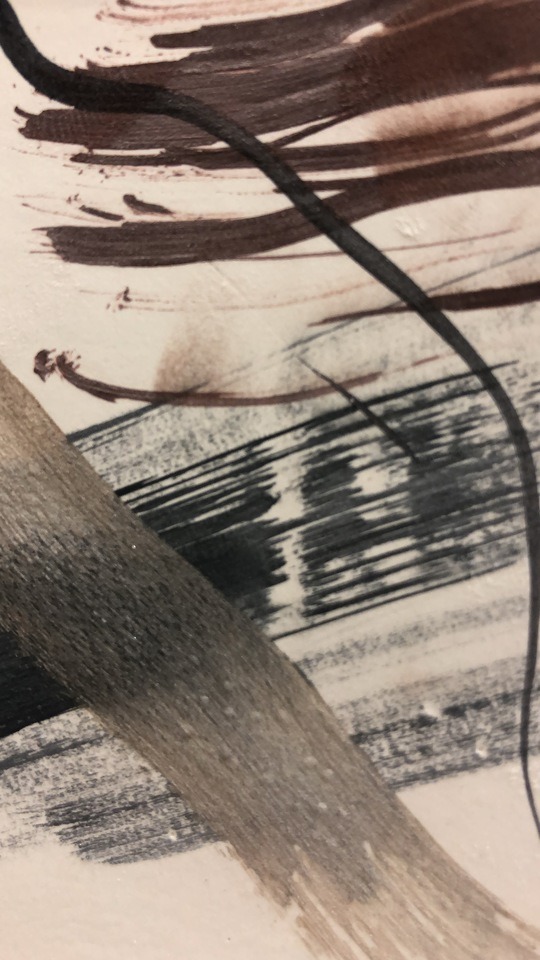

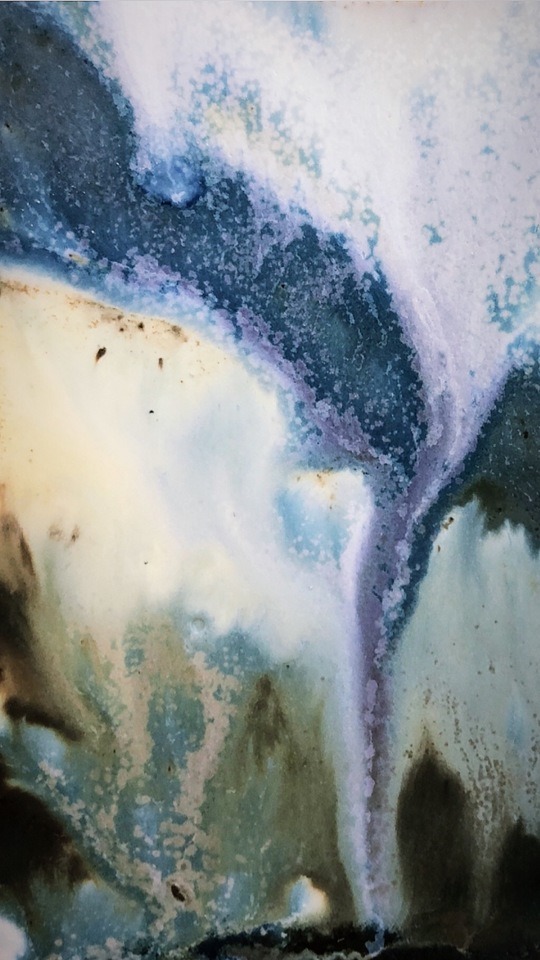

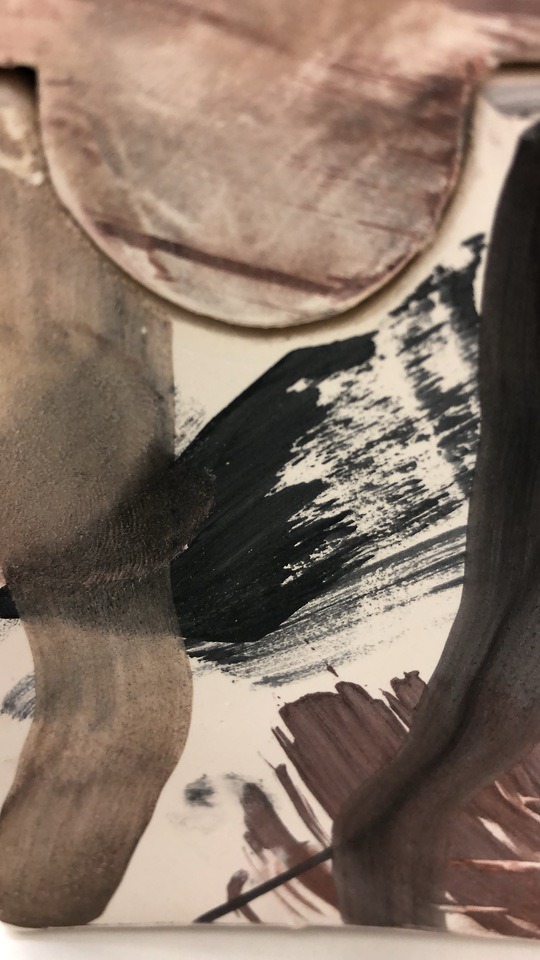
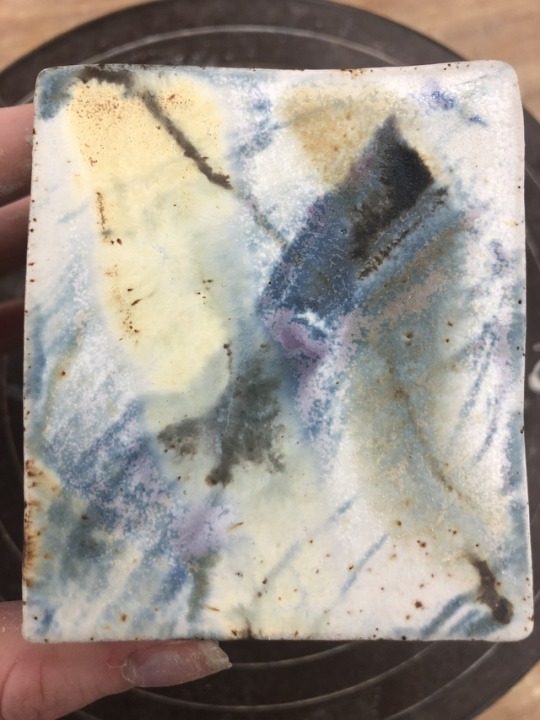
I did some ceramic experimentation with glazes trying to recreate my trip to Hastings, and the sea
0 notes
Photo
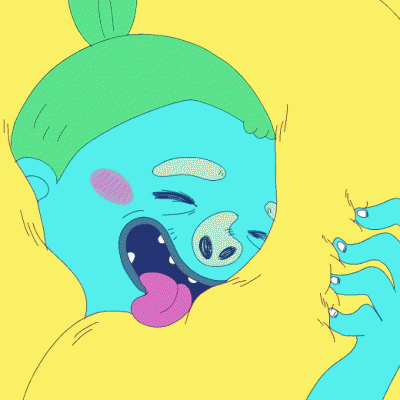
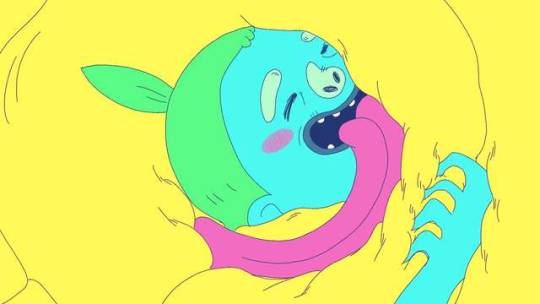
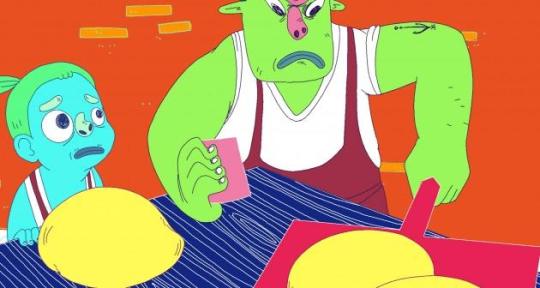

IVANS NEED VISUAL ANALYSIS by Eisprung
‘Ivan’s Need’ is a captivatingly childish, digitally drawn animation, created in 2015 by the animation collective Eisprung. The story follows Ivan, the son of a master-baker who is obsessed with the soft nature of kneading bread. He is repulsed by the act of cooking dough because it makes it barbed and sharp. His infatuation with dough soon evolves to women’s breasts when he encounters a beautiful naked women at the window, with breasts as long as Repundzel’s hair, dropping down from the window.
The sickly sweet block coloured palette, and lack of vocal narration creates a childlike nature to the work, contrasting with its sexual undertone. The result is more silly than crude. The world is reminiscent of a child’s soft-play/ playground, with soft lines and rounded edges, there is a sense of safety (which is probably why we don’t question why a father lets his child be abducted and sexually involved with a older woman/ stranger). The animation itself has been drawn and coloured digitally on photoshop, which adds to the childlike quality to it, stylistically resembling that of children’s cartoons, as does the soundtrack in its charming nature.
The structure of the narrative has been communicated through the setting, creating a clear visual sequence. The world is set majority around the premises of the bakery, it starts in the bakery itself with the oven burning, and moves outside where he meets Alva, his next door neighbour, while delivering bread. The story ends inside her house, and then inside her body. But it is the transition of scenes that make this animation so visually interesting. Eisprung creates a world of fascination through the eyes of a child, as if we are inside of his head. There is a really clever transition, after encountering a women’s breasts for the first time, Ivan becomes obsessed with them, which is shown through an unrealistic daydream sequence of bread and breasts. Ivan squeezes them through the gaps in his fingers, making them fill the screen throbbing and swaying, only to end with him swinging from side to side on one of them. The point of view switches from first person, kneading the dough/breasts, to second person where he watch the encounter between the two characters. The ‘fabula’ and ‘sjuzhet’ run parallel through the short film, however it is difficult to distinguish dream-sequences from reality. For example some dream sequences such as the being lifted up the tower by Alva’s extended breasts is used to add a lightness and comedic tone. Where as the ending where he climbs inside of her vagina to find a soft dough-lie heart, which I presume is symbolic of the ‘g-spot’, which could be literal or just symbolic of pleasure being all consuming, as he is eventually consumed by this dough like substance.
What makes this animation stand out is its use of texture as a structural narrative element. The contrast between the spiky bread and the dough resembling playdough, is a resurfacing theme through out the film. The use of first person to touch the dough creates a realism, and plays on our own childlike memories of baking, dough, playdough, and making. Texture is also reenforced through the use of contrasting sounds such as of sticky, malleable noises of the dough, with the solid, hollow, flakey sounds of the cooked loafs. I noticed that the world surrounding Ivan is similar to the loafs in its hard and spiky nature, suggesting perhaps that the softer textures are symbolic of childhood fascination, and the harder substances that of adulthood and maturity. Although it is difficult to analyse this as a serious piece and its intentions when it could simply just be exploring the silly question of- what would happen if scarfs were really breasts?
The characters are aptly differentiated in age through the use of camera angle, voice, pitch, movement and expression. For example the father’s character is shown to be a dominating man through the camera angle looking up at him, as opposed to Ivan who we look down at, showing him as inferior. In a way Ivan is like the dough, and his father the hard cooked loaf. Ivan is pure and childish yet to be hardened through the heats of life. Ivan talks in high-pitched nonsensical silly noises, with malleable, gleaming, and expressive facial features. Whereas his father is a sturdy man, with a low pitched, harsh voice, and hard features, and a hot head- shown through its vast enlargement as he shouts at his son.
As a viewer, the first time I watched this short film, I was intrigued by its charming and childlike silly nature, and the absurdity of the narrative. However on watching it a few more times, I became increasingly uncomfortable with its subject matter. Mixing sexual content and childlike themes is difficult to tackle sensitively, and is rarely done for obvious reasons. I understand here in this film they are exploring the natural childish fascination and curiosity, and maybe touching on the obsession with breasts. However, (and it may just be because I am picking this piece apart down to its bones), I find the portrayal of a child and an adults sexual encounter to be more disturbing than charming and silly. Although I do question the reality of the section where he is in her tower, whether it is real or in his head like that of a dreamlike fantasy is not clear.
To summarise, the style of digitally animating, and colour palette similar to that of a children’s cartoon, plus the use of colour, texture, and sound to portray this narration of a childlike curiosity is very effective and enchanting. The use of setting and textural quality to create a story is engaging. And the visual narration of the characters are clever in demonstrating the differences in age personalities, and mindsets of the characters.
There are sections that touch on the ‘cinematic ideal, of reflecting physical reality such as the adult world of the bakery and the first person view of kneading of the bread. I believe these are so that as a viewer we relate to the characters and their world drawing on our own experiences of childhood, baking and infatuation. However I believe this short animation fits the ‘animated ideal’ of metaphysical abstraction better, by creating unrealistic bubbly shaped characters, gravity defying breasts, and endless dreamlike sequences- which give this piece its silly playful nature, while also placing us in the imaginative, curious mindset of a child.
0 notes
Video
Thinking about doing some 3D stop motion for the pitch project. I found some old doll house furniture. Could be useful, also looks great close up and abstracted.
0 notes
Photo
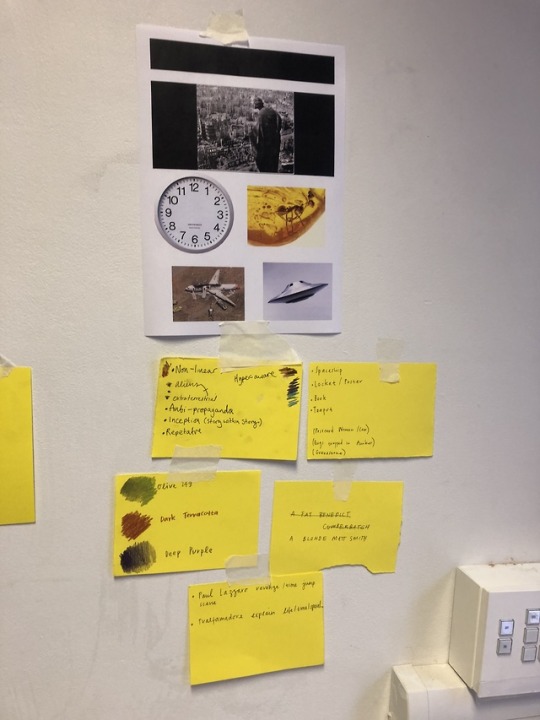

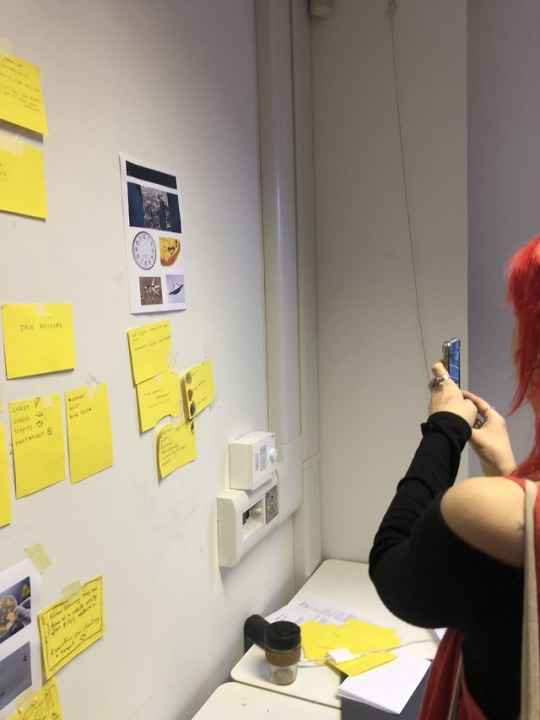

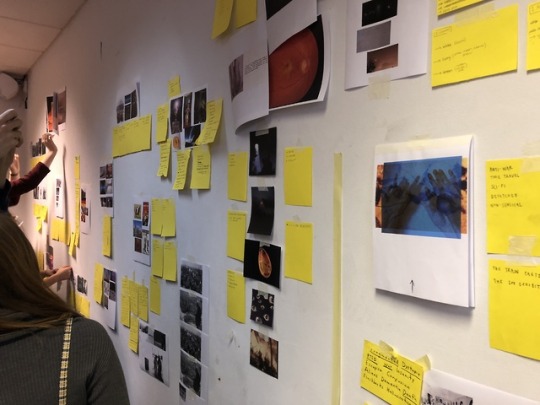

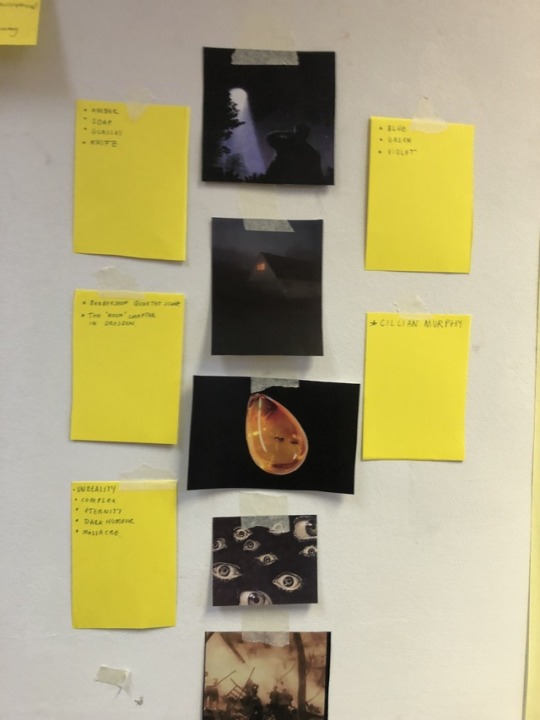
PITCH PROJECT
Group work brainstorming for the brief Slaughter House Five
0 notes
Photo
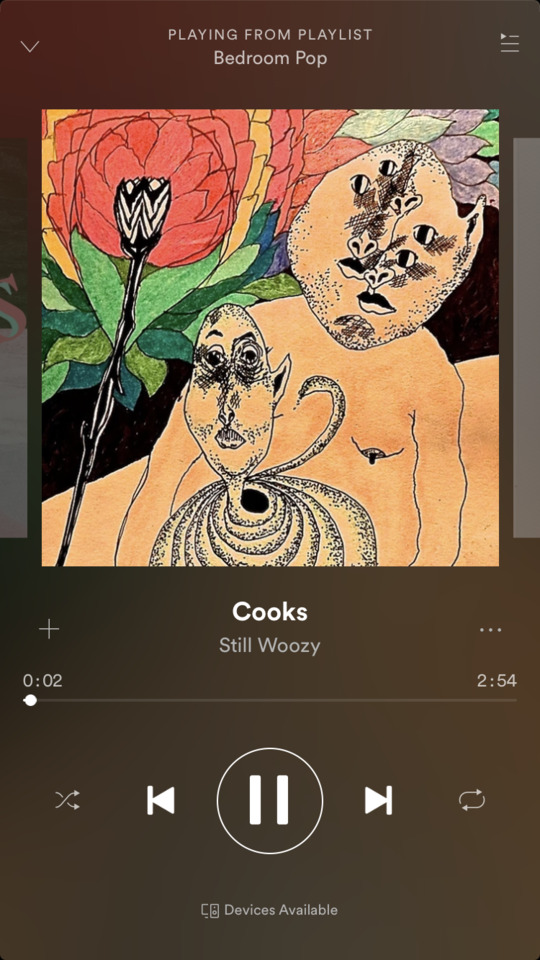
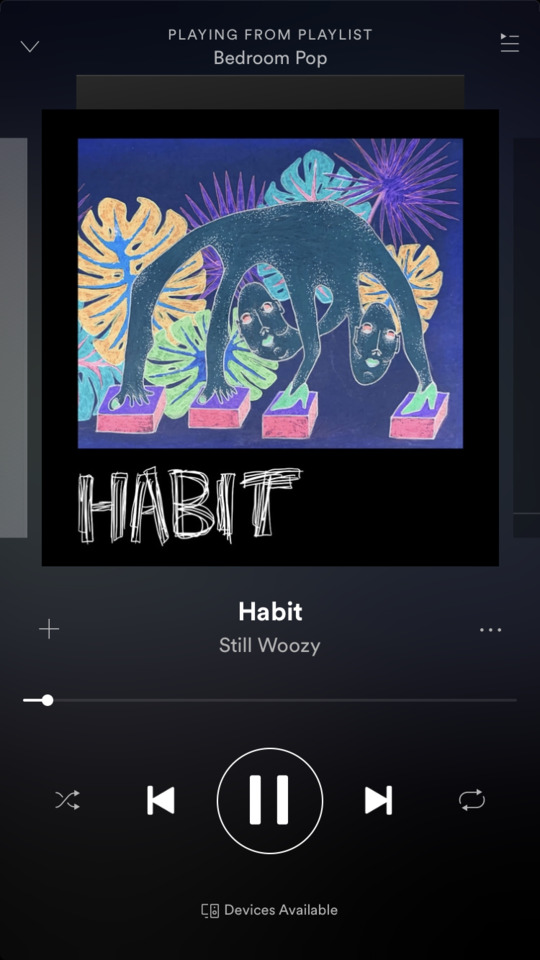
I came across Still Woozy randomly as a Spotify suggestion, and fell in love with their album covers. I would love to recreate something similar using print possibly etching and watercolour and digitally inverse and toy with it
0 notes
Video
ANIMATION inspiration Dali collaboration with Disney, in the Berlin exhibition
0 notes
Video
I N S P I R A T I O N
A film from the exhibition in Berlin called Un Chien Andalou by Salvador Dali
0 notes
Photo
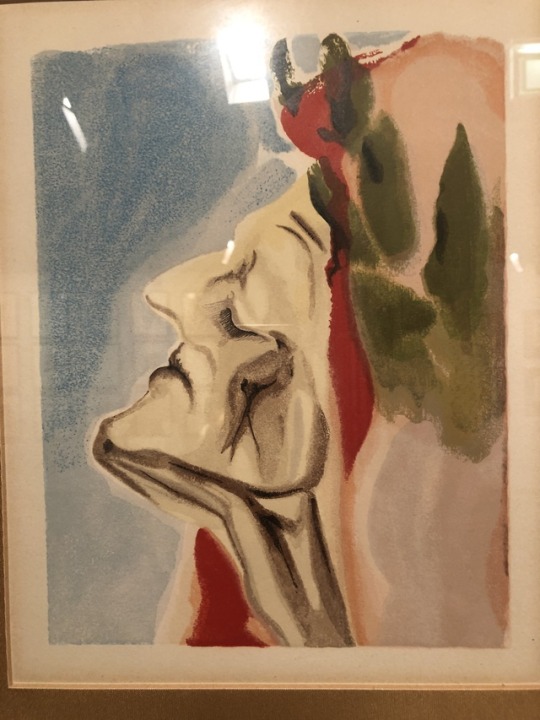


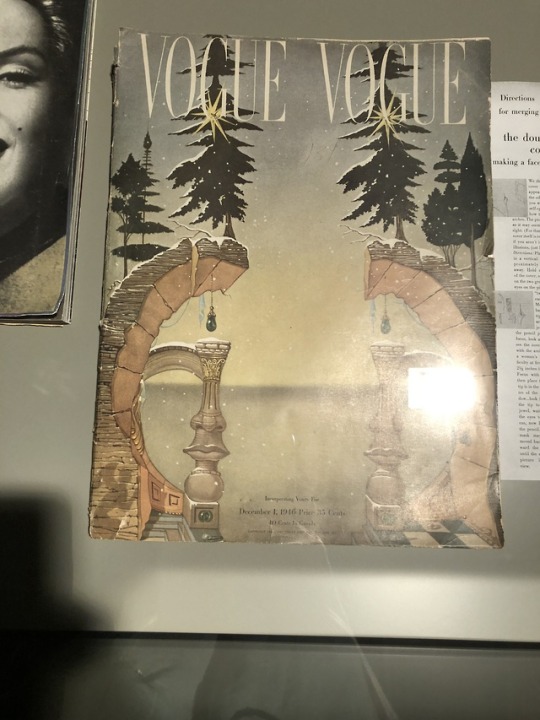
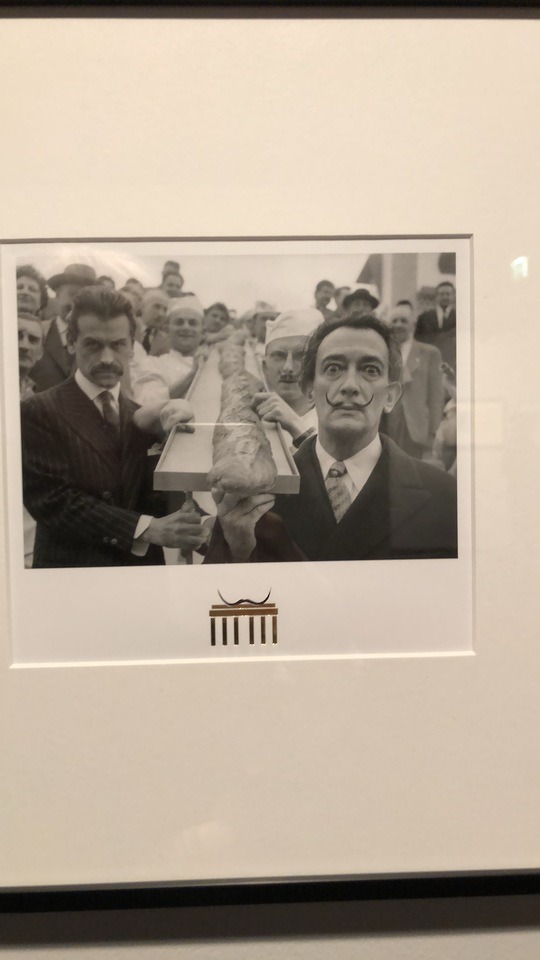
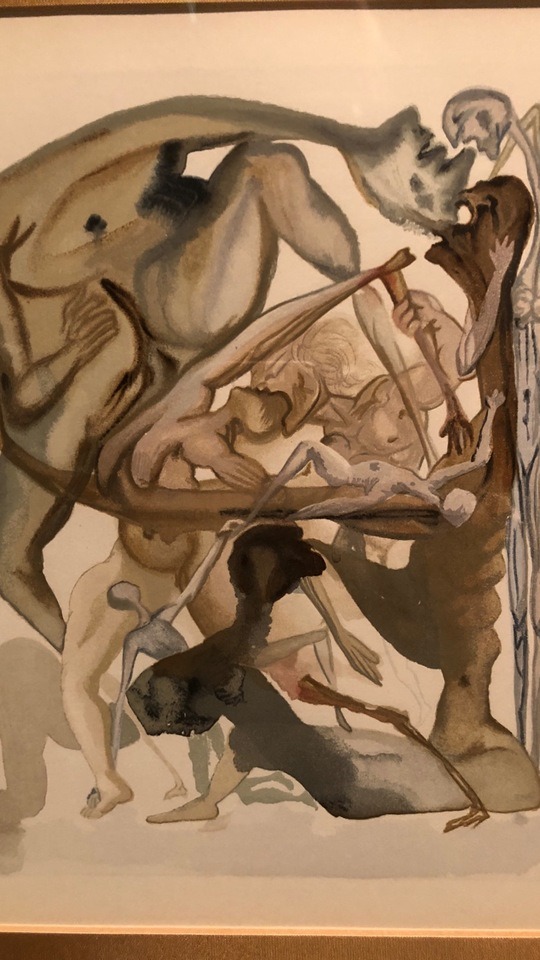
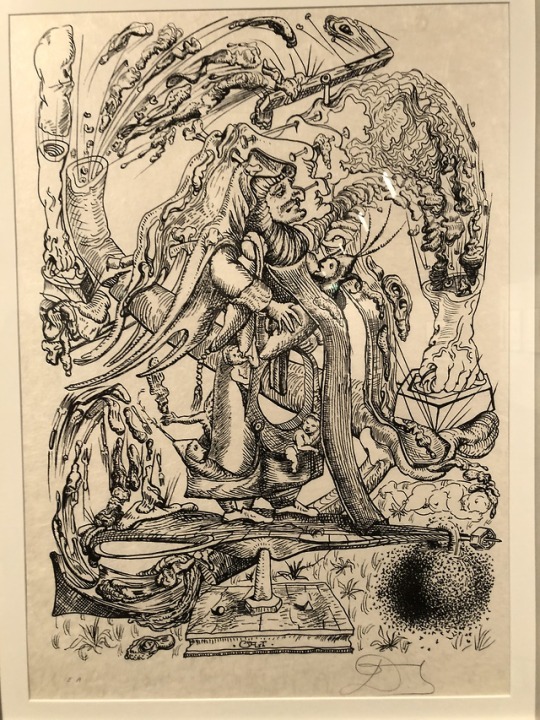
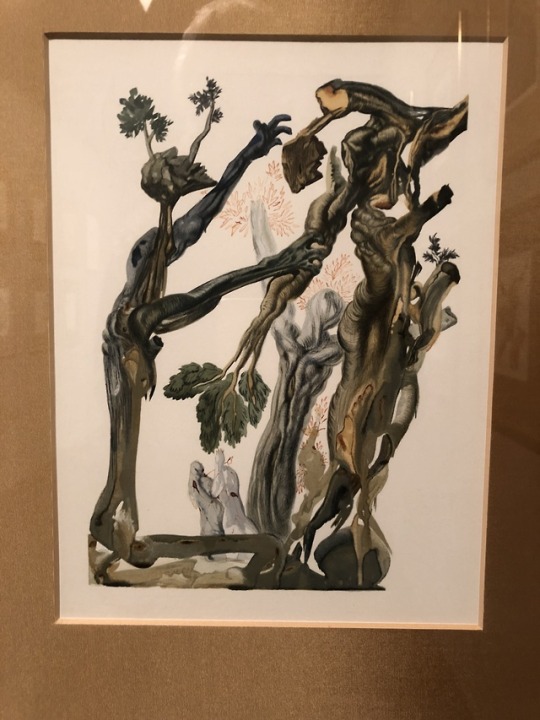


I went to the Salvador Dali Exhibition in Berlin, It really encouraged me to do more print work. The layout of the exhibition was quite strange, I didn't like how the pieces were grouped together. Here are a few of my favourites
0 notes
Video
0 notes
Video
0 notes
Video
0 notes
